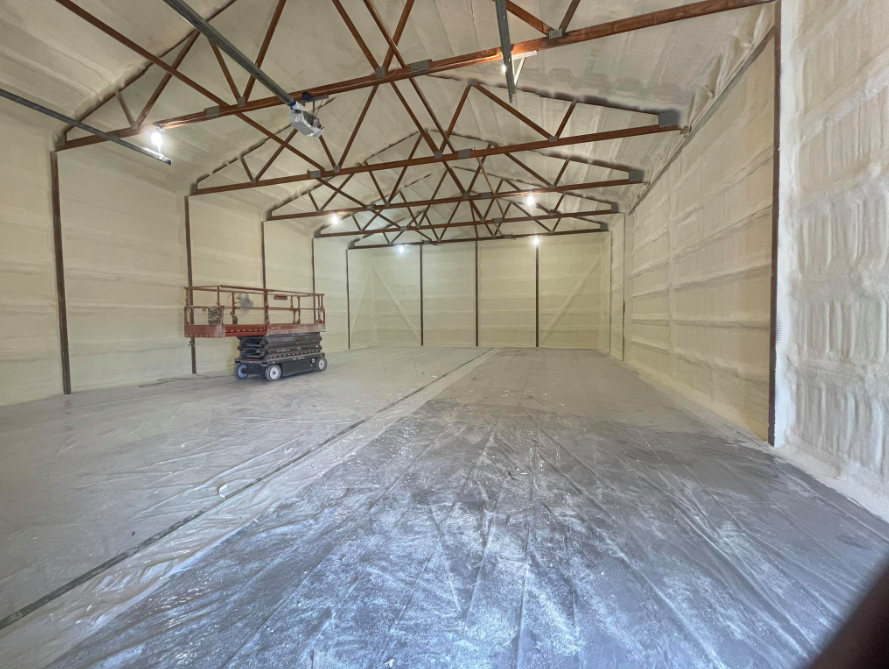Metal Building Condensation: Causes & Signs | Danner Spray Foam
Karen Danner • October 15, 2025
Why Metal Buildings “Sweat” (and How to Spot It)
The problem you’re seeing
Walk into a pole barn or shop on a cool morning and find drip lines on purlins, damp floors, and a musty smell? That’s usually condensation, not a roof leak. Warm, humid air touches a colder metal surface and crosses the dew point, turning vapor into water.
Condensation in plain English
- Bare metal gets cold fast—especially overnight.
- Warm, moist indoor air hits that cold metal.
- If the metal is below the dew point, water forms and drips.
How to confirm it’s condensation (not a leak)
- Weather/timing pattern: Drips show up after sharp night-to-day temp swings; may dry up on warmer afternoons.
- Location pattern: Moisture collects under roof panels, along fasteners, and at wall-to-roof transitions—often in streaks.
- Material clues: Rust or staining around purlins/fasteners without a single obvious “hole” path.
Quick 30–60 minute checks
- Light leaks at doors: Add sweeps and weather-strip; adjust tracks so seals meet evenly.
- Penetrations: Seal around conduit, hose bibs, vents, and fan housings.
- Indoor moisture sources: Wet equipment, animal watering areas, green lumber, unvented heaters.
- Air movement: A small circulation fan keeps surfaces closer to room temp.
- Wet floors: Squeegee instead of letting puddles evaporate indoors.
When to ask for help
- Drips persist after sealing obvious leaks and improving airflow
- Returning rust, staining, or musty odor
- Hard-to-reach transitions and fasteners keep sweating



